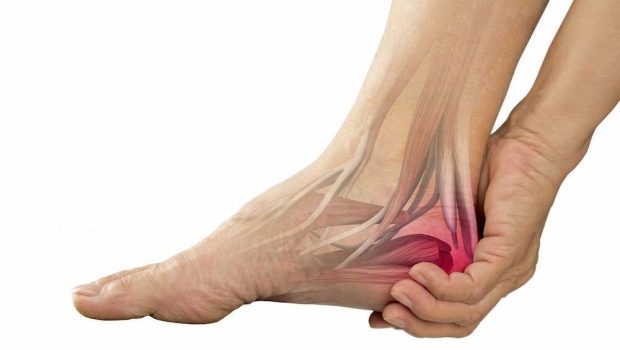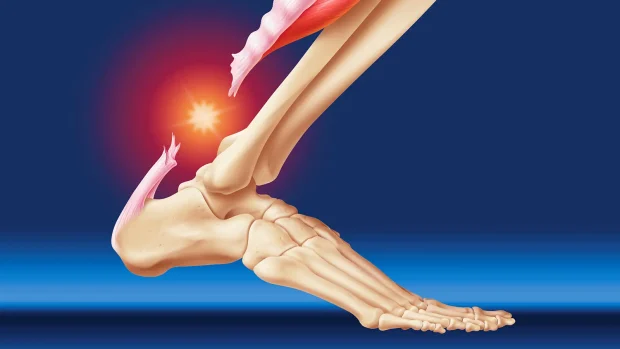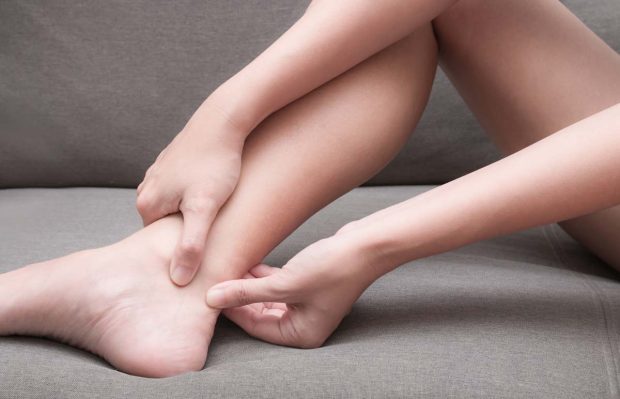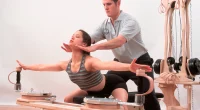Tendon tears can be caused by a variety of factors, ranging from overuse to genetics. In this article, we will discuss the different types of tendon tears, how they occur, and the various treatments that are available. By learning about these injuries and the treatments that are available, you can avoid them in the future and get back to your normal routine as quickly as possible.
Acute Tendonitis
If you experience acute tendonitis, you may feel a sudden pain in your Achilles tendon, biceps tendon, or other muscle group. Acute tendonitis can be caused by a number of different factors, including overuse, inflammation, and infection.
The most common treatment for acute tendonitis is rest and ice. Depending on the severity of the condition, you may also need to take pain medication and receive physical therapy. If the tendonitis doesn’t improve within a few weeks, you may need surgery to remove the damaged tissue.

Chronic Tendonitis
Chronic tendonitis is a condition that affects the tendon, which is the connective tissue that connects muscle to bone. It can be caused by overuse, improper use, or a combination of the two. The most common type of chronic tendonitis is tennis elbow, which is caused by repetitive elbow flexion and extension motions. Muscles and tendons in other areas of the body can also be affected, including the shoulder, knee, ankle, and wrist.
There are several different types of tendon tears and each requires a different treatment plan.
- The first step is to determine the cause of the tendon injury.
- If it’s due to overuse, then you must modify your exercise routine or stop using the injured area altogether.
- If it’s due to misuse, then you may need to take steps to rehabilitate the area.
In either case, you must see orthopaedics to determine the extent of the injury and to create a treatment plan.
Tendon Rupture

Tendon rupture is a traumatic injury to the tendon, which is a long, thin band of tissue that connects one muscle to another. The most common type of tendon rupture is an anterior cruciate ligament (ACL) tear. ACL tears are the most common knee injury in athletes and can occur in any direction.
Treatment for a tendon rupture depends on the location and severity of the injury. If the tendon has been completely pulled from its attachment, surgery may be necessary to replace the torn tendon with a synthetic one. If only part of the tendon has been pulled away, or if there is no significant damage to other structures near the rupture site, treatment may involve rest, ice, compression, and anti-inflammatory medication.
Tendinopathy

Types of Tendinopathy:
- Tendinitis: Inflammation of the tendon, usually due to overuse or trauma. Symptoms include pain, redness, and swelling. Treatment typically includes rest and ice, followed by anti-inflammatory medication and physical therapy.
- Rupture: Complete tear of the tendon. The tendon cannot contract and causes severe pain, often requiring surgery.
- Tenosynovitis: Inflammation of the tendon sheath, which can be caused by a viral infection, overuse, or repetitive motion injuries. Symptoms include pain, tenderness, redness, swelling, and warmth around the tendon. Treatment typically includes rest and ice followed by anti-inflammatory medication and physical therapy.




